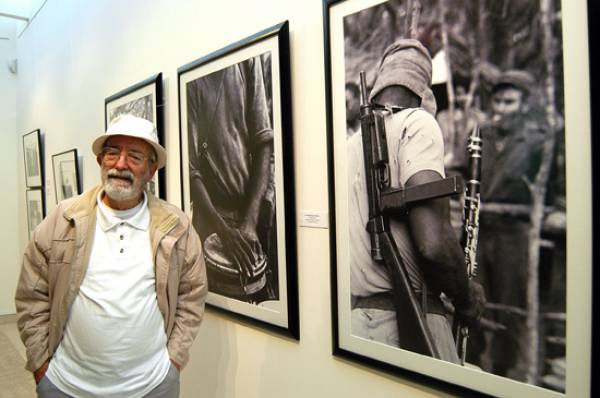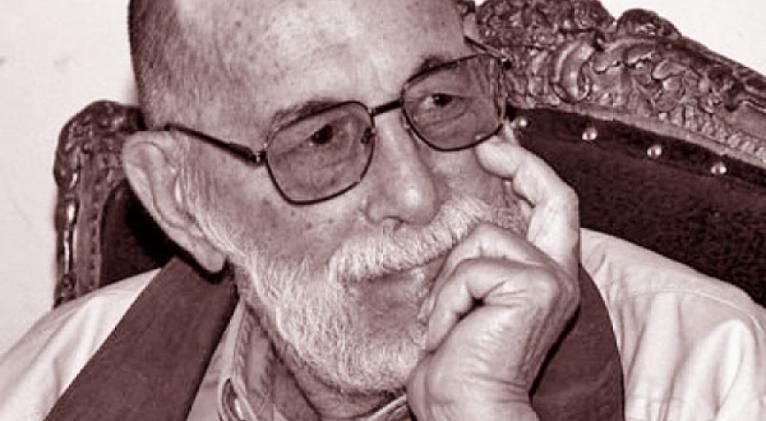A Tribute to Photographer Raúl Corrales on His Centennial

To visualize historical memory is to develop strategies for social understanding. In Cuba’s photographic landscape, a number of names stand out—but among the essential figures is Raúl Corrales. As we commemorate the centennial of his birth, we celebrate him as a master of the visual arts and reflect on the enduring value of his creative legacy.
As a photojournalist and lens artist, Corrales captured some of the most epic moments of the Cuban Revolution. It is widely acknowledged that the story of those years cannot be told without the authorial presence of his images. Leading cultural institutions—including Casa de las Américas and the Fototeca de Cuba—have showcased his invaluable documentary archive.
His portraits of Fidel Castro and Ernesto Che Guevara, taken across various events and contexts, form part of a visual narrative essential to understanding the leadership, values of social justice, and civic engagement embodied by both figures.
At the heart of Corrales’s work was the Cuban people. His photographs reveal a profound commitment to both art and society through aesthetically powerful contributions. Iconic works such as Movilización (1961), Milicianos (1962), and images from the Girón and Canallería series stand as visual testimonies to the significance of his photographic essays.
Of particular note is his intelligent use of black and white, a choice that enhanced visual meaning and emphasized the documentary and artistic depth of his work. His masterful framing, perspective, and focus on the subject as an active observer are hallmarks of Corrales’s bold and thoughtful approach.
Indeed, his work reflects the insight captured by semiotician Umberto Eco: “When the symbolic rediscovers the private, it generates new realities.”
For Corrales, communication was never external, static, or exclusive. On the contrary, his approach activated a deliberate point of view rooted in essential questions: What will I see? How will I see it? Even before looking through the viewfinder, the act of seeing was for him an editorial gesture—thoughtful, patient, and informed by extensive reading, research, and training within the analog photographic tradition.
Corrales’s gaze was a testament to his faith in the Cuban people and their transformation. His legacy not only shaped the visual identity of a nation, but continues to enrich the style and substance of photography in Cuba. He remains a timeless figure—relevant and revered, a true master of his craft.
Translated by Luis E. Amador Dominguez
Photo: Juventud Rebelde



